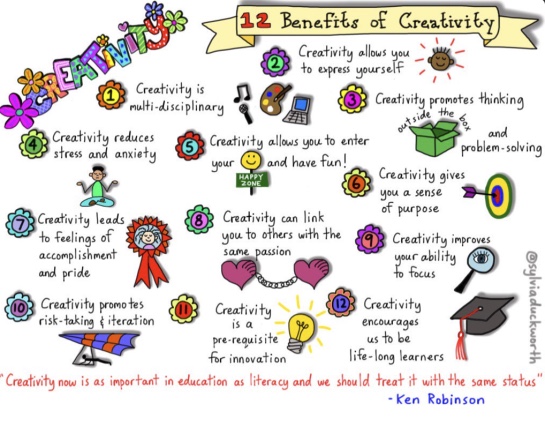Minding an Idea II: Heart as Compass Tina Geithner, Ph.D.
As mentioned in the last Minding an Idea: Minding Our Attention, “Getting out of our heads and bringing our attention into the rest of our body helps us drop into the moment and be fully present…From here, we can develop the capacity to recognize what’s happening in our bodies and beyond that, to being aware of thoughts, emotions, perceptions, and more that’s going on beneath the surface.” In this entry, we’ll focus on the heart, the place from which we connect more deeply with ourselves and others, and a place from which we can generate and hold intention which serves as a compass for our choices and actions. While our head brain has amazing capacities for thought, reasoning, and imagination; our heart has unique abilities to feel or sense into our truth (“I know in my heart…”) and our connections with self and others (e.g., “I’m heart-broken”, “I feel for you (or with you”, “my heart is happy for you”, etc.). Research over the past several decades has revealed that the heart is much more than just a life-sustaining muscular organ that pumps oxygenated blood to every other organ, tissue, and cell in the body, roughly 60-80 times each minute in an adult human. We now know is that the heart contains over 40,000 neurons (or nerve cells) and has its own intrinsic nervous system, a “heart brain”, that receives information and sends many more signals to the brain in our head than it receives from it. Research has also revealed that the heart acts as a gland in that it secretes hormones, one of which is oxytocin, the hormone linked to “bonding” and “love”. The heart plays key roles in processing our emotional experiences, influencing cognitive functions including perception, and even our intuition. Thus, we can tap into our heart and the wisdom it possesses to inform and guide our choices as well as our actions, much like a compass. We can connect with our heart by dropping our attention out of our head brain down into the center of our chest, and we can imagine breathing in and out from that space. Sometimes it’s helpful to bring one hand to the heart as we do this. Here we can connect to that which is most important to us, the values we hold most dear, our loved ones, places and activities that we “love”. This orients our compass – aligning it with our own “true north”. We can then set an intention (e.g., “I will be kind”) or dedicate ourselves to something (e.g., “I will practice compassion toward self and others). This intention serves to orient our inner compass and set a clear direction for our actions (including our thoughts, our speech, how we show up and what we do), regardless of what’s going on in our external world. What is your intention?Resources related to “heart as compass” are provided below. I highly recommend the meditation from Tara Brach below, and there are many available to choose from on her website: www.tarabrach.com. Brach, Tara – Reflection: The Compass of Our Heart: https://www.tarabrach.com/reflection-compass-heart-907-min/ (9:07 minutes) HeartMath, Inc. 2018. The Intelligent Heart: https://www.heartmath.com/science/ (Article made available by HeartMath LLC. www.heartmath.com) Kornfield, Jack. 2018. The Heart’s Intention. An excerpt taken from the book, After the Ecstasy, the Laundry. Aavailable at: https://jackkornfield.com/hearts-intention/“Dare to connect with your heart. You will be lifting not only yourself and those you love and care about, but also the world in which you live.” Doc Childre, HeartMath Founder https://www.heartmath.com
Until next time, enjoy Entertaining An Idea and be sure to subscribe to the Entertaining An Idea Newsletter





